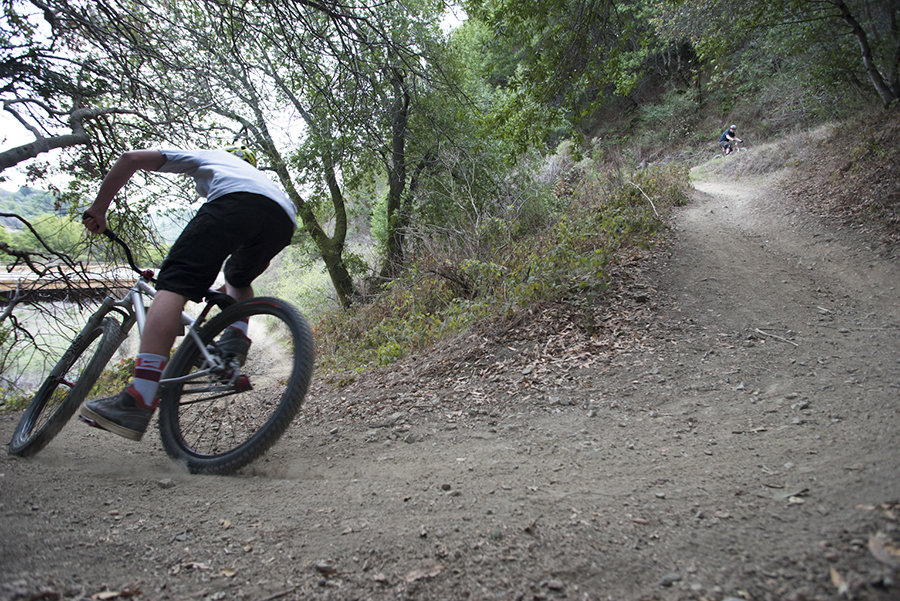In recent revisions to the management plan for the Open Space District’s fire roads and trails—the first comprehensive strategy since the district’s . . .
Bikers want more as county backtracks on trails


In recent revisions to the management plan for the Open Space District’s fire roads and trails—the first comprehensive strategy since the district’s . . .